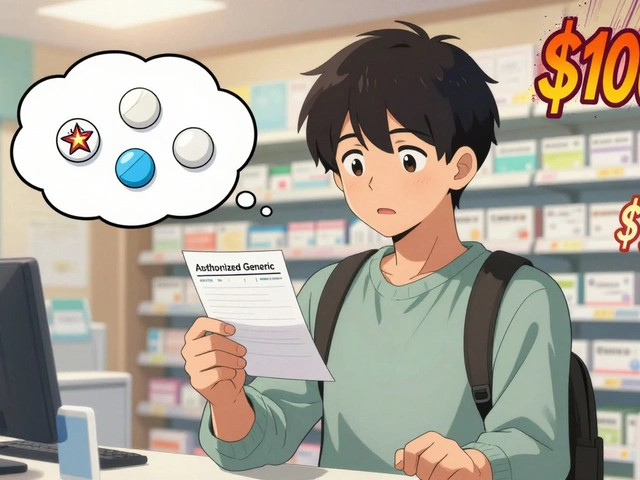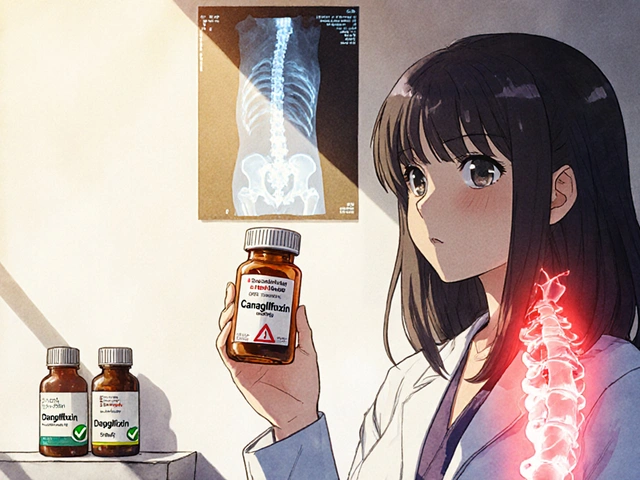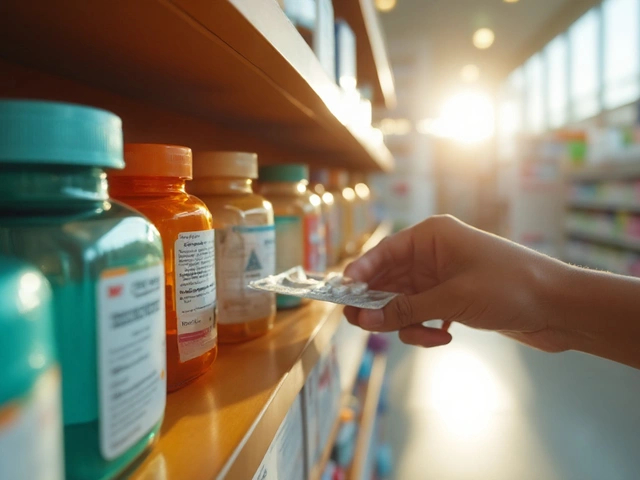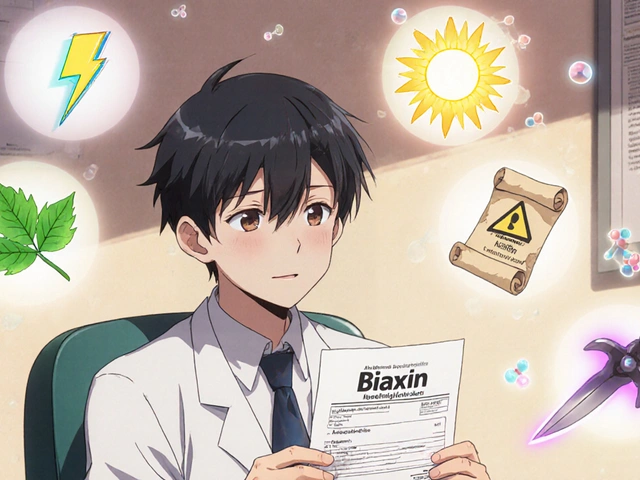How to Ask About Generics and Authorized Generics to Save Money on Medication
December 3 2025Best Practices for Safe Online Pharmacy Purchases
If you’ve ever wondered whether the pharmacy you’re looking at is trustworthy, you’re not alone. Buying medication online can save time and money, but only if you follow a handful of simple rules. Below are the key steps you should take before clicking “order.”
Check Licensing and Credentials
The first thing to verify is whether the site holds a valid pharmacy license. Look for a visible pharmacy registration number, a link to the national regulator’s database, or an accredited seal such as VIPPS (for US sites) or its equivalent in your country. A quick search of that number on the regulator’s website will tell you if the pharmacy is legit.
Don’t trust a site just because it looks professional. Scammers copy logos and design elements from real pharmacies to fool visitors. If the license information is missing, hidden behind pop‑ups, or only provided in tiny print, move on.
Compare Prices Wisely
A price that seems too good to be true usually is. Use a price comparison tool or check at least three reputable pharmacies before deciding. Remember that lower prices can mean older stock, reduced quality control, or counterfeit products.
When you find a low‑price offer, double‑check the shipping fees, taxes, and any handling charges. Some sites lure you with cheap meds but tack on hidden costs at checkout, inflating the total price beyond what you expected.
Secure Payment Methods
Always use a payment method that offers buyer protection, such as credit cards or reputable e‑wallets. Avoid direct bank transfers, wire services, or cryptocurrency payments unless the pharmacy is well‑known and verified. These unsecured methods leave you with little recourse if something goes wrong.
If a site insists on cash‑on‑delivery for prescription meds, be wary. Legitimate online pharmacies usually require a prescription before dispensing controlled substances and prefer pre‑payment to verify your order.
Read Customer Reviews and Policies
Real user feedback can reveal hidden problems like delayed shipments or poor packaging. Look for reviews on independent platforms rather than the pharmacy’s own site, which may filter out negative comments.
Check the return and refund policy too. A trustworthy pharmacy will have a clear process for handling damaged goods, wrong meds, or order cancellations. If the policy is vague or missing, that’s a red flag.
Protect Your Personal Data
The site should use HTTPS (look for the padlock icon) to encrypt your personal and payment information. Never share your full medical history unless it’s required for a prescription verification and you’re sure the site is secure.
Keep copies of order confirmations, tracking numbers, and any communication with the pharmacy. If something feels off later, these records can help you dispute charges or file complaints.
By following these best practices—checking licenses, comparing prices, using secure payments, reading reviews, and safeguarding your data—you’ll reduce the risk of scams and ensure that the medication you receive is safe and effective. Happy (and smart) shopping!
 21 May
21 May
A Guide to Ornidazole Storage: Tips and Best Practices
In my latest blog post, I've put together a comprehensive guide on Ornidazole storage, providing essential tips and best practices. I cover the importance of keeping it at the right temperature and away from moisture to maintain its effectiveness. I also discuss the significance of proper storage in relation to the drug's expiration date. Additionally, I share some practical advice on keeping Ornidazole out of reach of children and pets. Check out my post to ensure you're storing your medication correctly for optimal results and safety.
Read More...




